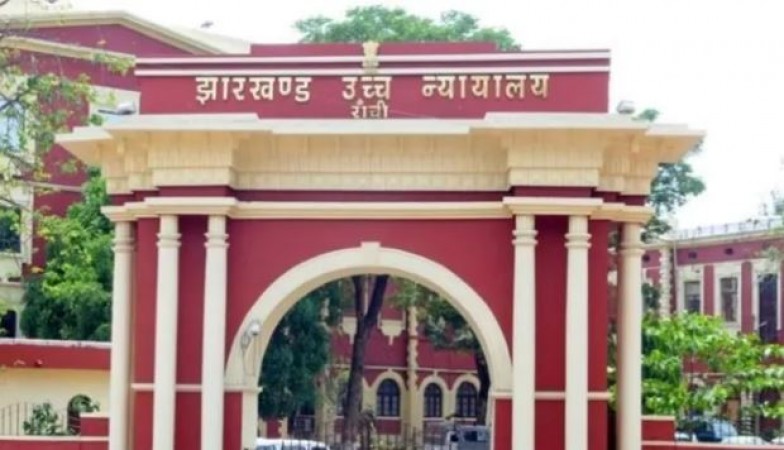
Ranchi: The issue of Bangladeshi infiltration and the dwindling population of forest dwellers in Jharkhand has recently gained prominence. The Jharkhand High Court has directed the state government to identify and count the Bangladeshi infiltrators residing in the Santhal Pargana region and submit an action plan for their deportation.
The court's directive came from a bench comprising Justice Sujit Narayan Prasad and Justice Arun Kumar Rai, who instructed the District Magistrates (DMs) of Dumka, Pakur, Jamtara, Deoghar, Sahebganj, and Godda to report on the number of infiltrators in these districts.
During the court proceedings, the state government argued that the police were struggling to identify the infiltrators. In response, the court insisted on the formation of a special team to handle the issue, noting that the use of fake documents such as ration cards, voter IDs, and Aadhaar cards was prevalent among these individuals. The court emphasized that such documents were misused to usurp local rights and directed the state government to establish a dedicated team for this purpose.
The court also instructed the Deputy Commissioners of the affected districts to ensure that documents like ration cards, voter IDs, Aadhaar cards, and BPL cards are issued only after verifying the "record of rights." The next hearing in this case is scheduled for August 22. These directives were issued in a court order dated August 8, a copy of which is available with OpIndia.
Residents of Santhal Pargana have long been vocal about the issues of infiltrators and the decreasing number of tribals. Social workers have expressed concern over the changing demographics in the region. The proximity of Santhal Pargana to Bangladesh, just 15 kilometers away, and its border with West Bengal facilitate this infiltration.
According to the petitioner’s lawyer, the indigenous population in Santhal Pargana has drastically declined from 44.67% in 1951 to 28.11% in 2011. Meanwhile, the Muslim population has significantly increased from 9.44% in 1951 to 22.73% in 2011.
The public interest litigation (PIL) was filed by Daniyal Danish, a resident of Jamshedpur, who alleged that Bangladeshi infiltrators were not only changing the demographic landscape but also marrying indigenous women, converting them to Islam, and acquiring their lands through gift deeds. He also claimed that these infiltrators have established numerous mosques and madrasas in the bordering districts of Jharkhand.
On July 25, 2024, Godda MP Nishikant Dubey raised this issue in Parliament, calling for the implementation of the National Register of Citizens (NRC) in Santhal Pargana. Dubey highlighted that while voter increases are generally around 15-17%, in some areas, the Muslim population has surged by 123%. He pointed out that there are 25 assembly seats in Jharkhand where the population increase is concerning.
Dubey also referred to recent riots in the Taranagar area of Pakur district, attributing them to the influx of people from Bengal and areas like Malda and Murshidabad driving out local residents. He criticized opposition claims about the constitution being in danger, arguing instead that it was political issues at stake. He noted that when Jharkhand became a separate state in 2000, the Santhal Pargana region had a 36% tribal population, which has now reduced to 26%, questioning the fate of the missing 10% of the population.
Five Arrested in Chhattisgarh for Funding Naxal Activities
Bangladeshi National Arrested at Lucknow Airport for Attempting to Fly with Fake Indian Documents